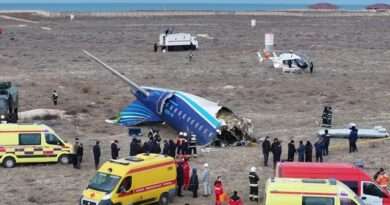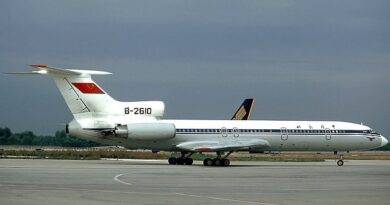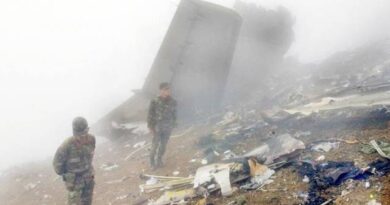Analyzing the 9/11 Attacks Through the Swiss Cheese Model
The September 11, 2001, attacks on the World Trade Center and the Pentagon marked a pivotal moment in modern history, especially within the aviation sector. These tragic events resulted in extensive loss of life and led to profound changes in aviation security and global politics. To better understand the complexities behind these events, the Swiss cheese model, developed by James T.Reason, offers valuable insights. This model is instrumental in explaining how multiple layers of defense can fail, resulting in catastrophic outcomes.
What is the Swiss Cheese Model?
The Swiss cheese model is a metaphorical representation used to understand how failures in various layers of defense can align to cause an accident or catastrophic event. Picture each layer of defense as a slice of Swiss cheese, with holes representing weaknesses or failures. These holes are typically due to human errors, technological failures, or organizational flaws. An accident occurs when the holes in each slice align, allowing a trajectory of accident opportunity to pass through all the layers without obstruction.
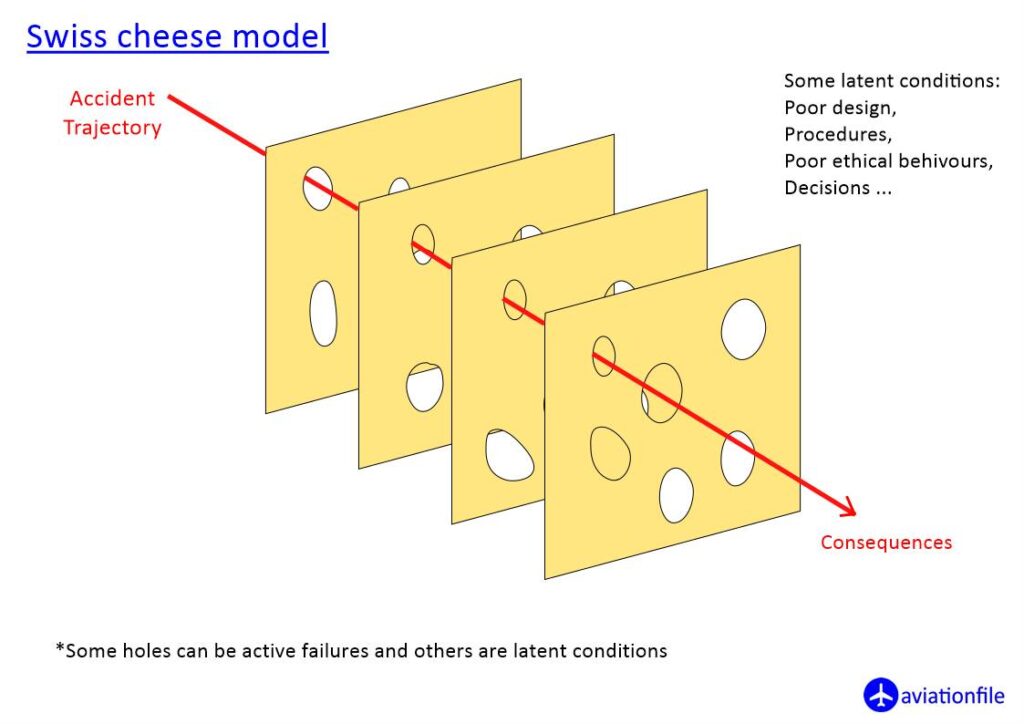
The September 11, 2001 Attacks
On September 11, 2001, nineteen terrorists hijacked four commercial airplanes. Two planes, American Airlines Flight 11 and United Airlines Flight 175, crashed into the North and South Towers of the World Trade Center in New York City. A third plane, American Airlines Flight 77, struck the Pentagon in Arlington, Virginia. The fourth plane, United Airlines Flight 93, crashed into a field in Pennsylvania after passengers attempted to overcome the hijackers. This coordinated attack resulted in nearly 3,000 deaths and widespread destruction, triggering a global reevaluation of security measures.
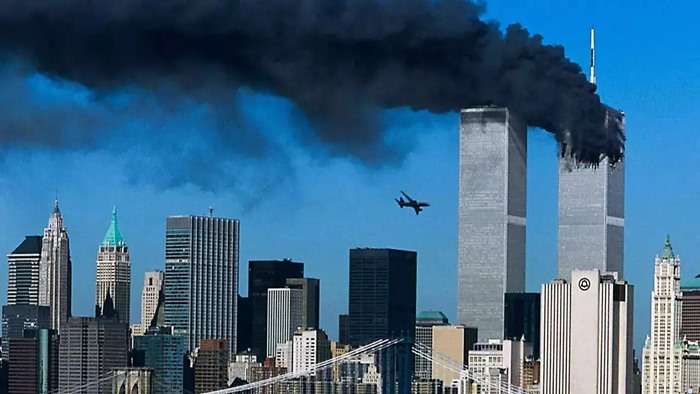
The 9/11 Events Through the Swiss Cheese Model
Applying the Swiss cheese model to the 9/11 attacks helps dissect how multiple failures across various layers led to this unprecedented disaster:
- Intelligence Failures: There were significant lapses in intelligence gathering and sharing. Despite numerous warnings and indicators of a possible terrorist attack, key agencies like the FBI and CIA failed to connect the dots. This failure created the first set of holes in the Swiss cheese.
- Airport Security Lapses: On the day of the attacks, airport security measures were insufficient. The hijackers managed to smuggle box cutters and other weapons onto the planes. These security lapses formed the second layer of holes.
- Airline Procedures: The protocols for dealing with hijackings were outdated and inadequate. At the time, the standard procedure was to comply with hijackers’ demands, assuming they wanted to negotiate or make a political statement, not use the planes as missiles. This outdated approach represented another hole in the defense layers.
- Communication Breakdowns: During the attacks, there were significant communication breakdowns between the Federal Aviation Administration (FAA), the North American Aerospace Defense Command (NORAD), and other relevant agencies. This miscommunication delayed the response time, contributing to the alignment of holes in the Swiss cheese model.
- Aircraft Security: The design and security measures of the aircraft were not robust enough to prevent unauthorized access to the cockpit. The hijackers exploited these vulnerabilities, further aligning the holes.
Lessons Learned and Consequences
The 9/11 attacks led to immediate and long-term changes in aviation and socio-political landscapes.
Aviation Consequences:
- Enhanced Security Measures: Airports worldwide implemented stringent security checks, including the introduction of full-body scanners and reinforced cockpit doors.
- Creation of the TSA: The Transportation Security Administration (TSA) was established to oversee and enhance airport security in the United States.
- Air Marshal Programs: Increased deployment of air marshals on commercial flights to prevent similar hijackings.
Socio-Political Consequences:
- Global War on Terror: The United States launched the War on Terror, leading to prolonged military engagements in Afghanistan and Iraq.
- Legislative Changes: The Patriot Act was enacted, expanding the powers of law enforcement agencies to prevent future terrorist attacks.
- International Cooperation: Enhanced international cooperation on intelligence sharing and counter-terrorism measures.
Conclusion
The September 11 attacks highlight the need to understand how failures can align to cause disasters. The Swiss cheese model helps analyze these attacks. It identifies critical vulnerabilities. By studying these, we can implement measures to prevent similar tragedies. Lessons from 9/11 have reshaped aviation security. They have also impacted global counter-terrorism efforts. The goal is to ensure such a tragedy never happens again.
References and Further Reading
- James Reason’s Swiss Cheese Model
- Reason, J. (2000). Human error: models and management. BMJ, 320(7237), 768-770.
- Swiss Cheese Model Explanation: https://www.ncbi.nlm.nih.gov/pmc/articles/PMC1117770/
- September 11, 2001 Attacks
- Global War on Terror
- Patriot Act and Legislative Changes
- Library of Congress. (2001). H.R.3162 – Uniting and Strengthening America by Providing Appropriate Tools Required to Intercept and Obstruct Terrorism (USA PATRIOT Act) Act of 2001.
- USA PATRIOT Act: https://www.congress.gov/bill/107th-congress/house-bill/3162
